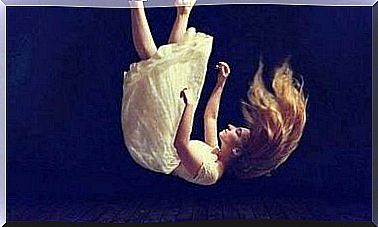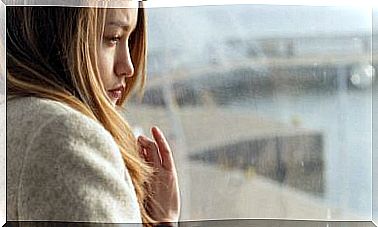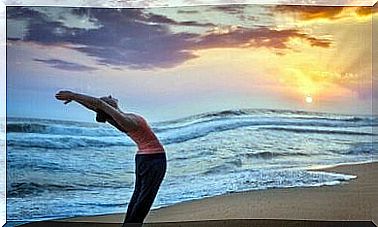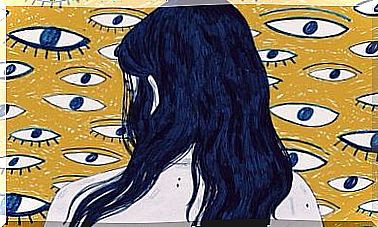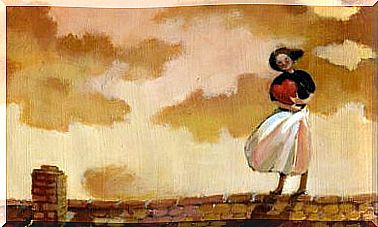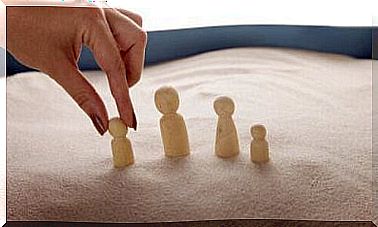Reducing Anxiety: Effective Breathing Techniques
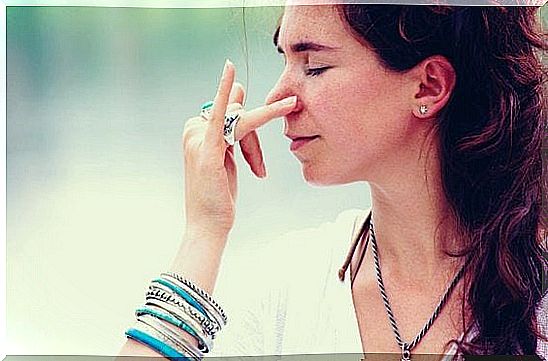
Breathing techniques remind us that this metabolic act is much more than a mere physical process. In fact, breathing well produces pleasure, helps reduce anxiety and makes us live better. So, a measure that would undoubtedly be of great help is to make this action a much more conscious, concentrated and harmonious daily exercise.
Most people have never stopped to analyze the way they breathe. In fact, you may be wondering: why do this? Our body is an almost perfect machine that carries out a good amount of processes automatically, thus guaranteeing our survival. Thanks to this, we can devote a good part of our energy to other matters such as, for example, reading this article.
That said, questioning this simple scheme can bring us several benefits. Neglecting the body has consequences, and allowing our emotions to grip us leads to even worse results. Let’s not forget that an exhausted, sore or inhibited body by excessive worry, haste or anxiety results in faster and more abnormal breathing, in a body that performs its metabolic functions at an unbalanced and even dangerous pace.
You need to breathe better to live in optimal shape. Here are some techniques that can help us reduce anxiety.
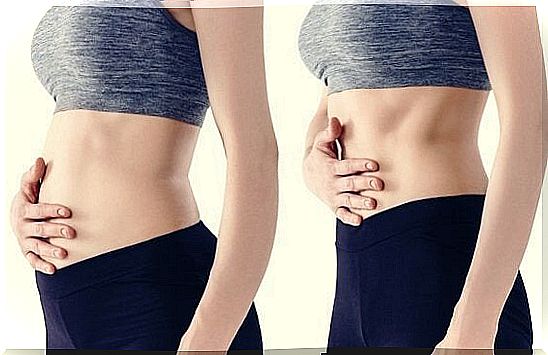
Breathing techniques to reduce anxiety
1. The respiratory diaphragm
Most of us, when we think about breathing, immediately visualize a pair of lungs. Well, it must be said that the real responsible for this process is the diaphragm. It is located right there, under the lungs and separates the chest from the abdominal area. It moves every time we breathe and, if we do it extensively, it will stimulate other organs such as the liver and a large number of tissues to promote blood circulation thus ensuring the elimination of toxins.
It is very important to take this part of our body into consideration because the diaphragm is the fundamental part of most breathing techniques. So let’s see how to become aware of it and how to stimulate it:
- We put one hand on the abdomen and the other on the chest.
- The back must be straight.
- We deeply inhale the air from the nose.
- Make sure that the area that swells is the diaphragm (abdomen) and not the chest.
- We exhale from the mouth making a sound.
- The ideal is to do 6-10 slow breaths per minute.
2. Alternate breathing through the nostrils
It is one of the best known breathing techniques. It is ideal for reducing anxiety, relaxing and promoting better concentration. Here are the steps to follow:
- Sit comfortably remembering to keep your back straight.
- Now, with the right thumb we plug the right nostril.
- Then, we inhale deeply through the left nostril, until we reach the maximum of our capacity.
- We keep breathing and then plug the left nostril and exhale through the right nostril.
- We repeat the process in the reverse way.
It may seem complicated at first but once the steps are automated, we will discover its amazing benefits.
3. Kapalabhati – breathing of the brilliant skull
Kapalabhati is one of the most curious and, at the same time, effective breathing techniques for reducing anxiety and optimizing the respiratory system. It helps us clean the airways and improve lung capacity.
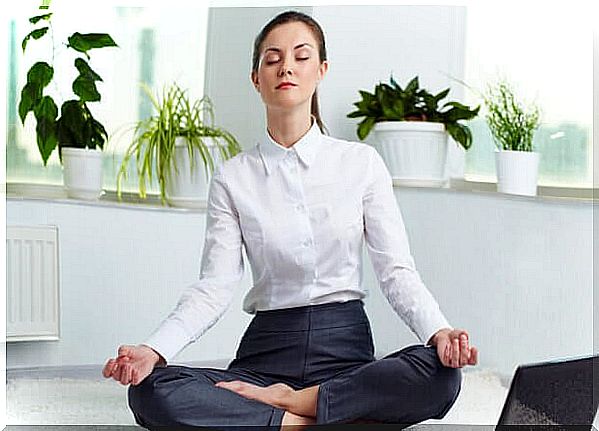
The term kapalabhati comes from Sanskrit and is made up of two concepts: kapala which means “skull” and bhati which means “bright” or “clean”. Let’s see what it consists of:
- Sit with your back straight.
- We bring the chin to the chest.
- We close our eyes to better focus on breathing.
- We inhale deeply.
- We proceed to carry out fast exhalations by contracting the muscles of the abdomen, imagining that, with this action, we bring the navel closer to the spine.
- As you take these exhalations, your body will begin to inhale automatically. The ideal is to make at least 10-15 consecutive rapid exhalations. Rest for a few minutes and start over.
4. Breathing technique with visualization
Different breathing techniques include various visualizations with which to achieve deeper relaxation. However, they require a little more precision for the whole process to be positive and to give us cathartic sensations capable of extinguishing any tension and making anxiety or stress escape.
Let’s take note of this very special strategy:
- We lie down on the floor on a mat or on the bed.
- We put one hand on the abdomen and the other on the chest to make sure that we are doing the breathing with the diaphragm.
- Now let’s inhale deeply through the nose and imagine that a wave warmly covers us from the feet to the nape of the neck. We hear its freshness, the gurgling of the water, the murmur of the sea that advances covering us …
- Now we exhale from the mouth and visualize the same wave slowly withdrawing from our body, starting from the nape to the feet, in a slow, relaxing way …

To conclude, as we can guess, these simple breathing techniques can help us improve our psycho-physical health and untie the knots of those tensions that, almost without realizing it, make us sick slowly. It is important to take a few minutes a day to breathe better, to live in harmony with your body and its needs.
